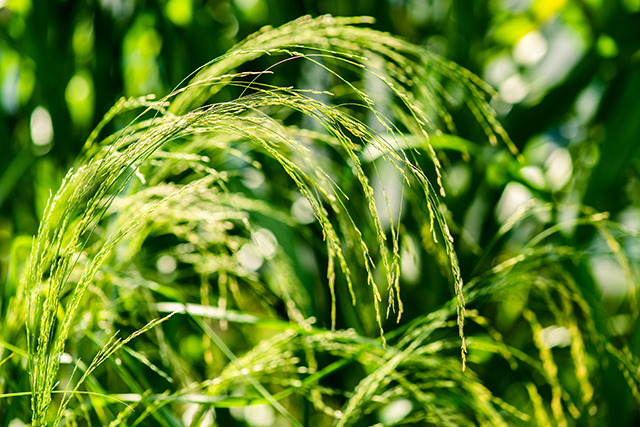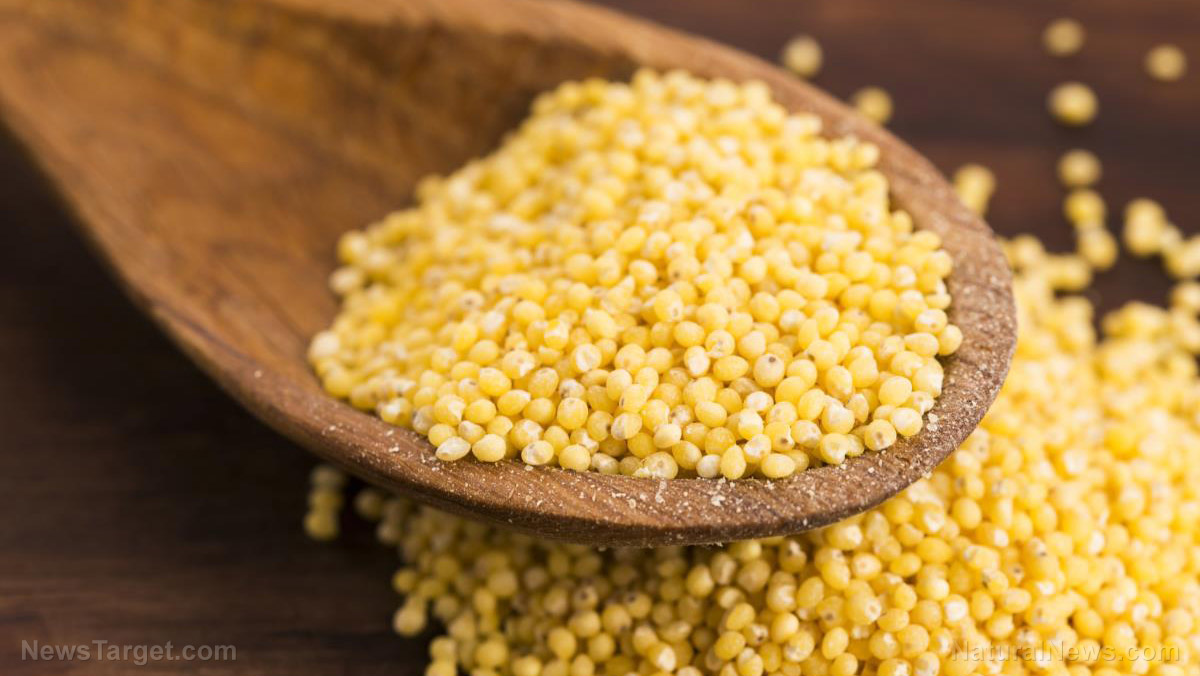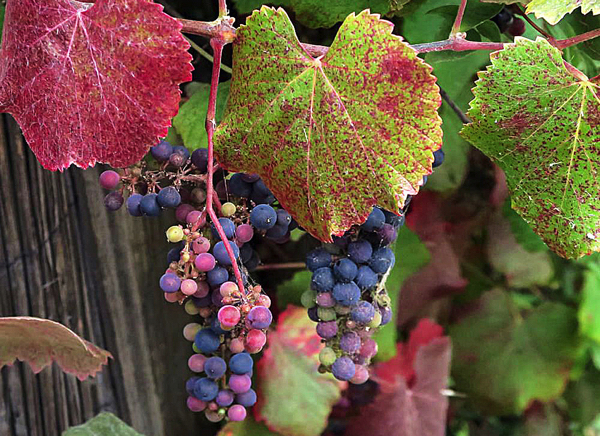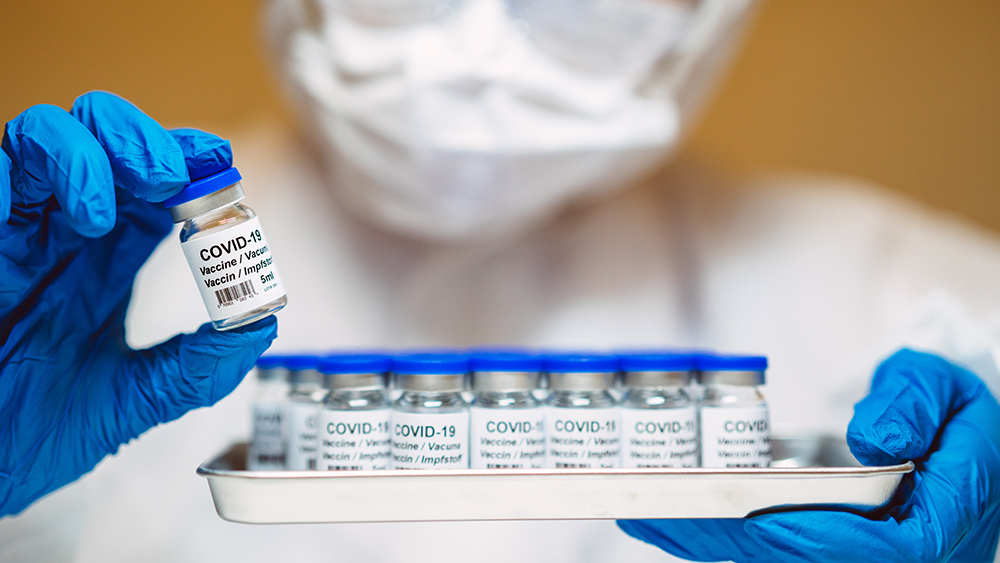 Parler
Parler Gab
Gab
- A complete protein containing all essential amino acids, teff is also high in fiber, iron, calcium and magnesium, offering more than many popular grains like quinoa or brown rice.
- Naturally gluten-free, teff is ideal for those with celiac disease or gluten sensitivity. Its prebiotic-resistant starch content supports gut health.
- The slow-digesting carbs in teff also provide sustained energy, while its iron content helps combat fatigue and anemia.
- High in calcium, teff helps strengthen bones while its dietary fiber lowers LDL cholesterol, reducing heart disease risk.
- Used in traditional Ethiopian injera or modern dishes (porridge, baked goods), organic teff is eco-friendly and pesticide-resistant.
Brief history of teff
Teff (Eragrostis tef) is Africa's smallest grain, measuring just one millimeter in diameter, yet it delivers colossal nutritional benefits. Originating in Ethiopia and Eritrea, teff has been cultivated for over 5,000 years, making it one of the world's oldest domesticated grains. (Related: Hey quinoa, teff may be the new gluten-free kid on the block.) For centuries, teff remained a regional staple, forming the backbone of Ethiopian cuisine through dishes like injera, a spongy fermented flatbread. However, in the 20th and 21st centuries, awareness of its nutritional superiority and gluten-free properties led to global demand, particularly in health-conscious communities. Today, teff is grown in Ethiopia, the U.S., Australia and parts of Europe, with industrial farming making it more accessible than ever.Nutritional profile and health benefits
Despite its minuscule size, teff is a complete nutritional package, offering more calcium than quinoa, more fiber than brown rice, and more iron than most other grains. Here’s a breakdown of its key nutrients per 100 grams (cooked):- 5.4 milligrams (mg) of iron (30 percent of the daily value, DV) to help fight anemia and boost energy
- 180 mg of calcium (18 percent of the DV) to strengthen bones and aid muscle function
- 8 grams (g) of fiber (32 percent of the DV) to support digestion and regulate blood sugar
- 7 g of protein (14 percent of the DV) containing all nine essential amino acids
- 184 mg of magnesium (44 percent of the DV) to reduce inflammation and support nerve function
- high amounts of resistant starch which acts as a prebiotic to feed gut bacteria
Organic vs. conventional
Teff is generally low in contaminants due to its natural pest resistance, which reduces reliance on chemical pesticides. However, conventional teff may still carry trace amounts of pesticides like glyphosate if grown in fields treated with herbicides. Additionally, like many grains, teff can absorb heavy metals such as cadmium, lead or arsenic from the soil, though the risk is typically low. To minimize exposure to these harmful residues, opt for certified organic teff. Organic farming does not rely on synthetic pesticides and helps reduce soil pollution, protecting both consumer health and the environment. While some grains contain phytates or oxalates that hinder mineral absorption, teff only contains modest levels. Traditional fermentation methods (like those used in making injera) further break down these antinutrients, enhancing the bioavailability of teff's nutrients. Organic teff also offers higher levels of beneficial compounds, such as flavonoids and carotenoids, than conventionally grown varieties, making it a nutritious and safer option for long-term health.Culinary uses
Here are some recipe ideas featuring teff that you should try for your next meal:Traditional Ethiopian dishes
- Injera – A fermented sourdough flatbread, the national dish of Ethiopia.
- Kita – A simple, unleavened teff flatbread.
- Genfo – A thick porridge, often mixed with spices and butter.
Modern applications
- Breakfast porridge – Cook teff with milk (or plant-based milk) and top with fruits and nuts.
- Baked goods – Use teff flour in muffins, pancakes and bread for a nutty, earthy flavor.
- Soup and stews – Adds richness and extra nutrients.
- Teff polenta – A gluten-free alternative to cornmeal.
More related stories:
Five sensational whole grains to eat now.
Easy ways to eat more whole grains.
Whole grains, fish lower asthma risk in children.
Sources include: Brighteon.AI NaturalNews.com Brighteon.comMillet: The ancient superfood making a modern comeback
By Laura Harris // Share
High doses of omega-3s may slow Alzheimer’s progression
By News Editors // Share
From shade to snack: How California wild grapes can support your overall well-being
By Zoey Sky // Share
Study: Daily soda habit linked to 5x higher risk of ORAL CANCER in women
By Ava Grace // Share
Governments continue to obscure COVID-19 vaccine data amid rising concerns over excess deaths
By patricklewis // Share
Tech giant Microsoft backs EXTINCTION with its support of carbon capture programs
By ramontomeydw // Share
Germany to resume arms exports to Israel despite repeated ceasefire violations
By isabelle // Share










